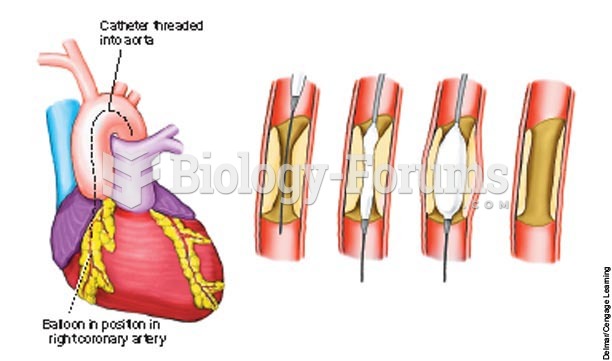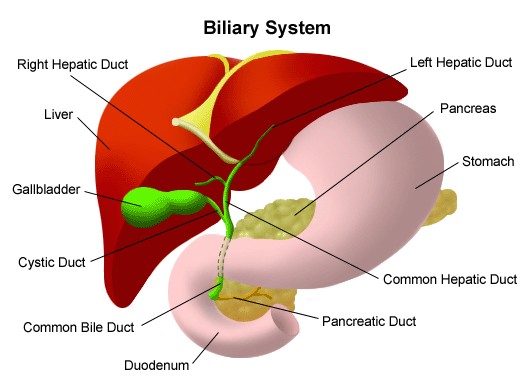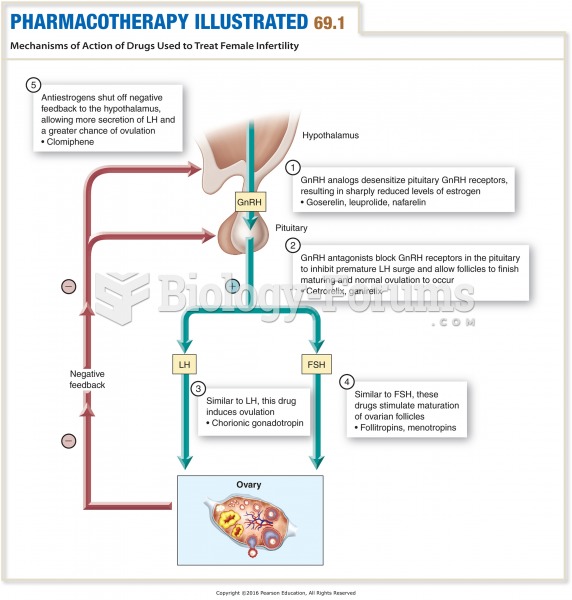PROCEDURE: The 42-year-old female patient is brought to the operating room where she was positioned, prepped and draped in the usual fashion for left breast biopsy. The patient was anesthetized utilizing intravenous administration of 75 mg of Demerol and 3 mg of Versed. The left upper outer breast was injected with 0.5 Marcaine with epinephrine.
OPERATIVE REPORT
PREOPERATIVE DIAGNOSIS: Mass of the left upper outer breast.
POSTOPERATIVE DIAGNOSIS: Mass of the left upper outer breast.
PROCEDURE: Left breast biopsy.
ANESTHESIA: Local plus sedation.
A curvilinear incision was made overlying the mass. The incision was carried down through the subcutaneous tissue. The mass was excised along with approximately a nice 2 mm margin. Hemostasis was obtained utilizing a Bovie and electrocauterizatio n. The specimen was sent to pathology for identification. The wound was copiously irrigated. Attention was turned to the dermis which was approximated with continuous 30 Dextron with closure of the epidermis achieved utilizing Steri-Strips. The patient was taken to the recovery room in satisfactory condition. The patient was returned to her room where she arrived in satisfactory condition. Pathology report reported returned as sebaceous cyst of the left upper outer breast.
ICD-9-CM diagnosis code(s): ___________________ __
ICD-10-CM diagnosis code(s): ___________________ __
CPT code(s) with modifier, if applicable: ___________________ __
APC: ___________________ __
Question 2
What is the appropriate E/M status and service for a 23-year-old female who was brought to the ER for a drug overdose and subsequently admitted to the ICU for monitoring and treatment?
A. Behavior change interventions, individual
B. Initial hospital admission
C. Subsequent observation care
D. Emergency department services, new or established patient






